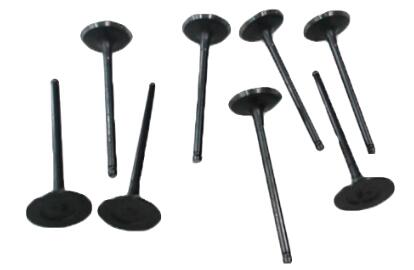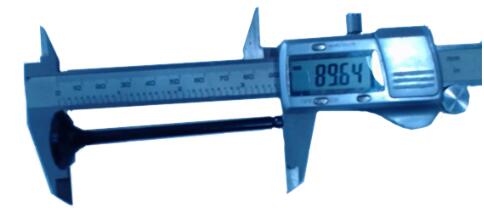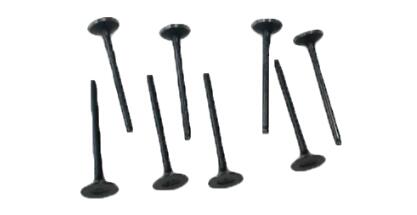Copyright © Shindary Automotive Parts Co., Ltd. All Rights Reserved
1. How do you identify intake and exhaust valves?
2. What is the difference between inlet and exhaust valve?
3. How does a exhaust valve work?

The intake valve has a flatter shape on top of the valve, the exhaust is more sloped into the valve stem. The exhaust valve will be a tan or reddish colour if it has been used, the inlet valve usually stays a metal colour.
From an untrained eye, it is difficult to distinguish between an intake and an exhaust valve. However, Inlet valves from Shindary are larger (for suction of more air) while exhaust valves are smaller. New design of exhaust valves have vanes or blades around the stem just above the seat.

Need or Advantages of valve lead, valve lag and overlap Valve overlap/ intake valve lead ensure the complete opening of intake valve when piston reached at TDC (and begins the intake stroke) so that it can suck large amount of air, fresh charge during suction stroke.
Definition of 'exhaust valve': An exhaust valve is a valve that releases burned gases from a cylinder. The exhaust valve closes during the initial part of the induction stroke. The inlet valve usually opens a little before top dead center and the exhaust valve remains open a little after top dead center.

Here are some symptoms of a bad valve seal that may need to be replaced:
● Idling.
● Engine Braking Test.
● High Levels of Oil Consumption.
● High Levels of Smoke.
● Acceleration Power is Compromised.
● Performing the Cold Engine Test. One sure-fire way to tell if you have a faulty valve seal is to perform a cold engine test.
Shindary Automotive Parts Co., Ltd.